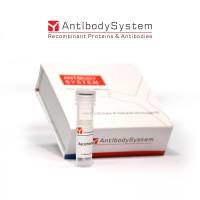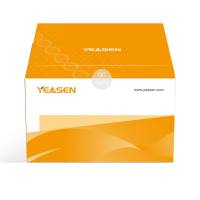Isolation of Membrane Rafts and Signaling Complexes
互联网
781
Traditionally, lipid rafts have been defined by their insolubility in ice-cold Triton X-100 and low-buoyant density. These low-density membrane microdomains have been referred to as detergent-resistant membranes, Triton-insoluble membranes, and Tritoninsoluble floating fraction. They are enriched in cholesterol, often sphingomyelin and various gangliosides (GM1, GM2, and GM3). The ability of the B-subunit of cholera toxin to bind GM1 has been exploited to visualize membrane rafts by confocal microscopy in patching and capping experiments. Biochemically, membrane rafts are isolated by solubolization in ice-cold Triton X-100 and separation of the low-buoyant density fractions from soluble material on sucrose density gradients. We describe the isolation of Jurkat cell-specific membrane rafts using 2% Triton X-100. This procedure yielded a consistent raft product that was enriched in cholesterol, gangliosides sphingomyelin and membrane raft protein markers including lck and lat 1. Moreover, rafts were visualized using Alexa Fluor 647 cholera toxin capped with anti-cholera toxin antibody. Co-localization of the C subunit of cytolethal distending toxin to rafts was determined using patching techniques.









